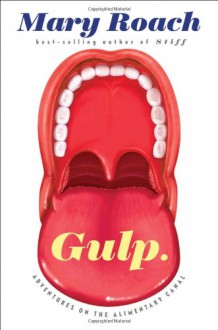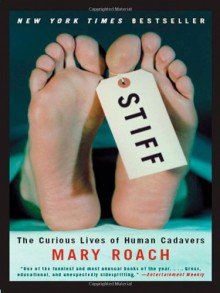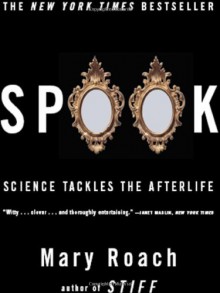
TITLE: Gulp: Adventures of the Alimentary Canal
AUTHOR: Mary Roach
FORMAT: e-book
ISBN-13: 978-0-393-24030-6
______________________________________________________________________
NOTE: The Flat Book Society Book Club selected Gulp by Mary Roach as the book to read for September and October 2017.
______________________________________________________________________
When a book is titled “Gulp: Adventures of the Alimentary Canal” and marketed as popular science, the potential reader assumes they will be reading a book that discusses how the digestive system works and other interesting facts about the alimentary canal. Well… that is NOT this book. This book is something of an unfocused hodge-podge of breezy, superficial facts; throw-away statements (we want to know more!); and odd historical stories about the scientists and their less than savoury experiments on the digestive tract.
The book is divided into 17 chapters which loosely follow the physiological structure of the alimentary canal, beginning with taste and smell, and covering such topics as organ meats, cultural food preferences, chewing, gastric acid, saliva, swallowing, being eaten alive, eating too much, intestinal gasses and flammability, extra-curricular storage functions, colonic direction, constipation, and gut-microflora transplants. After a while I found that the chapters started to blur together due to the collection of random facts, pointless fillers, multiple side tangents, and not-so-witty footnotes.
I’m not really sure what the aim of this book was supposed to be, but it is more entertaining (if you find potty humour and fashion commentary entertaining) than educational. In any case, Roach seems to take delight in showcasing the more sensational trivia and taboos about the digestive system, while at the same time providing excessive fashion commentary of the people she interviews. There is very little actual science in this book and a limited coverage of the functioning of the alimentary canal. This book emphasized the strange and bizarre occurrences related to the digestive system, but never fully explained the system itself.
I found the writing to be a little sloppy with odd sentence structures, interesting single sentence comments that went no-where and lack of clarity between fact and personal opinion. In addition, the author has an irreverent, rambling style with excessive asides, puns, dodgy humour and innuendoes, and a preoccupation with toilet humour that might appeal more to a 12 year old boy trying to revolt his baby sister than someone actually looking for information about the topic. The excessive, crude toilet humour also didn’t appeal to me.
The subject matter has the potential to be extremely interesting; however, this book is not. One reviewer described this book as the “Trivial Pursuit version of the “adventures on the alimentary canal,” not the informative, organized tour designed to give insight in an entertaining way”. I can’t really argue with that.
I would not recommend this book to anyone, except possibly the aforementioned 12 year old boy in the hopes of enticing him away from the computer/ TV for a while. There is too much filler and pointless trivia; and very little actual science in this book.


 Log in with Facebook
Log in with Facebook 









